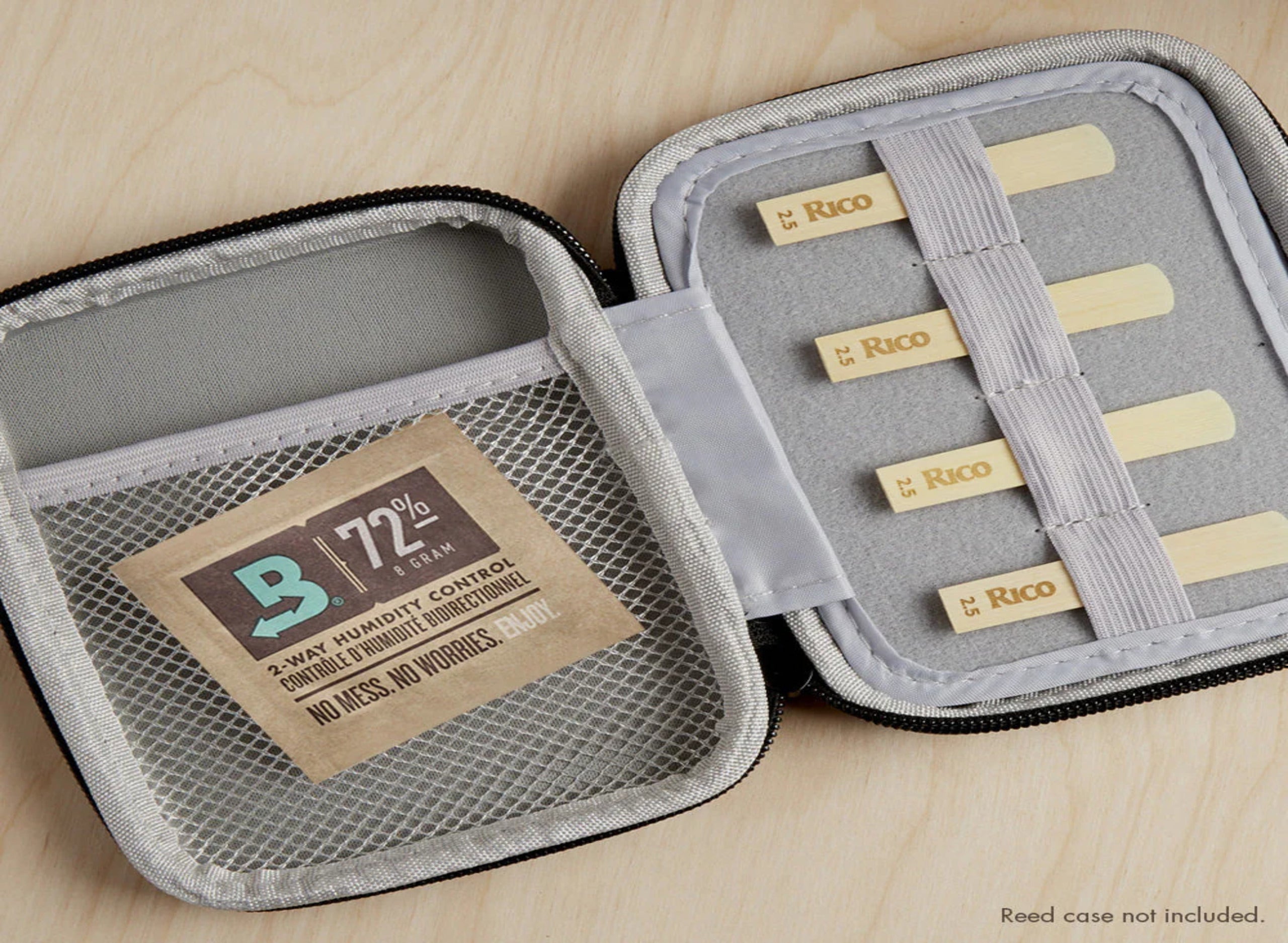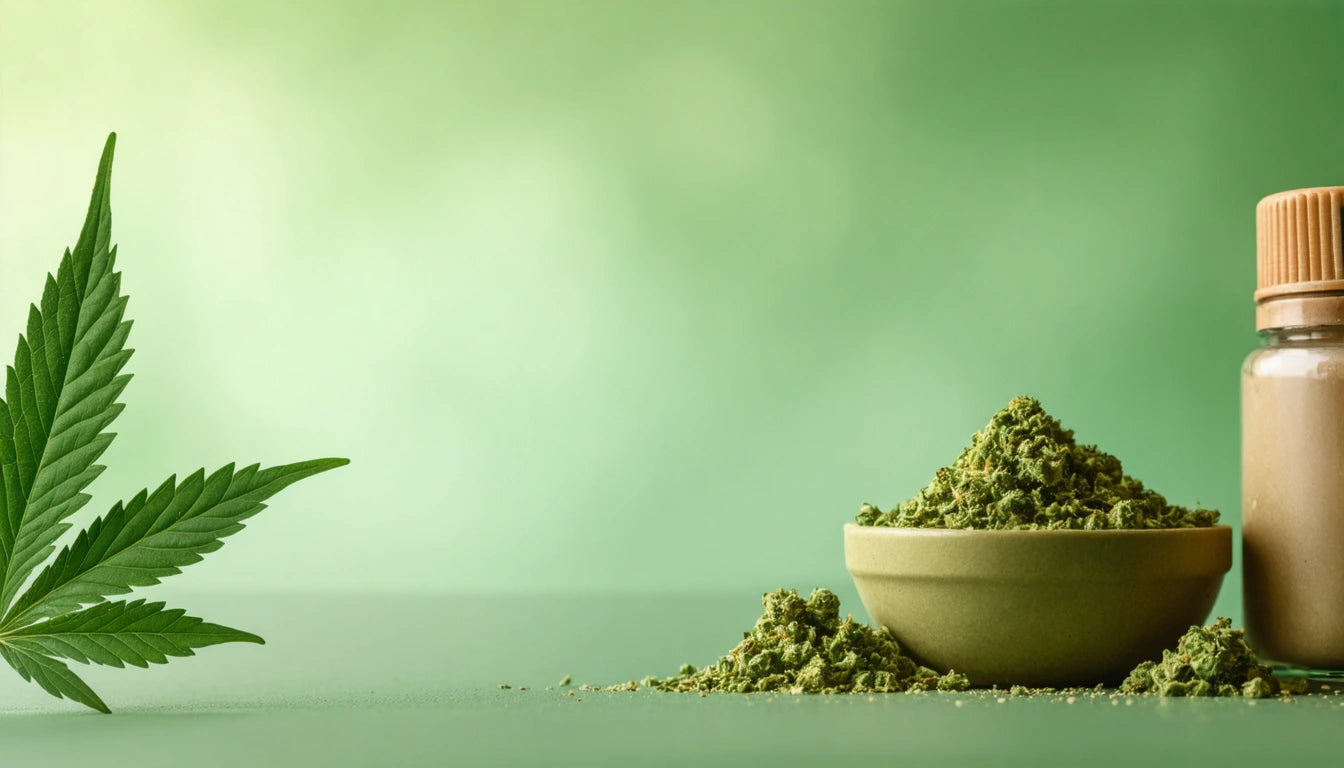Table of Contents
Packaging material selection directly impacts product quality, preservation, logistics costs, and ultimately your bottom line. For cannabis businesses, understanding these relationships helps optimize both product integrity and operational efficiency. This guide explores how different materials affect three critical factors: shelf life, weight, and shipping costs.
Material Impact on Cannabis Shelf Life
The right packaging material significantly extends product freshness and potency. Each material offers different barriers against the primary threats to cannabis quality: light, air, moisture, and temperature fluctuations.
Glass Containers
Glass provides superior protection against oxygen permeation and maintains a neutral environment that won't affect flavor or potency. According to our material comparison guide, glass containers can extend shelf life by up to 20% compared to basic plastic options. However, they must be amber or opaque to protect against light degradation.
Plastic Options
Different plastic formulations offer varying levels of protection:
- HDPE provides good moisture barriers but moderate oxygen protection
- PET offers clarity with moderate barrier properties
- Polypropylene provides excellent moisture resistance and chemical stability
For detailed specifications on plastic grades, refer to our material grades guide.
Mylar and Flexible Packaging
Mylar bags with proper sealing technology can create nearly airtight environments when combined with humidity control solutions. To maintain optimal moisture levels, many producers incorporate humidity control packs that regulate relative humidity and prevent both overdrying and mold formation, significantly extending product viability.
Weight Considerations Across Packaging Materials
Packaging weight impacts both shipping costs and consumer experience. Here's how common materials compare:
Material Weight Comparison
- Glass: Heaviest option (30-50g for typical 3.5g flower container)
- Metal/Tin: Moderate weight (15-25g for similar capacity)
- Rigid Plastic: Lighter (8-15g for similar capacity)
- Mylar/Flexible Packaging: Lightest (2-5g for similar capacity)
The weight difference becomes particularly significant at scale. For example, shipping 1,000 units in glass versus mylar can represent a 25-45kg difference in freight weight.
Shipping Cost Implications
Material choices directly affect shipping costs through three main factors:
Weight-Based Pricing
Most carriers use dimensional weight pricing models where both physical weight and package size determine shipping costs. Lightweight materials like mylar and thin-wall plastics minimize these expenses.
Breakage and Insurance
Fragile materials like glass require additional protection during shipping, increasing both packaging volume and weight. They may also require insurance riders that add to shipping costs.
Volume Efficiency
Rigid containers ship with significant empty space, while flexible packaging can be shipped flat and assembled at the destination. According to our logistics analysis, flexible packaging can reduce shipping volume by up to 85% compared to pre-formed rigid containers.
Material Selection Guide
Different cannabis products have unique packaging requirements:
Flower Packaging
Requires excellent moisture control and protection from light degradation. Glass and high-barrier mylar with proper sealing technology offer the best preservation. For premium products, the protection benefits of glass may outweigh shipping cost concerns.
Edibles Packaging
Must meet food safety standards along with preservation needs. As detailed in our food-safe materials guide, FDA-approved food-grade materials are essential. Barrier properties against oxygen are particularly important for preserving freshness and potency.
Concentrates Packaging
Requires materials resistant to terpene leaching and high temperatures. Silicone, glass, and certain specialty plastics are preferred. Heat resistance is critical, as explained in our heat resistance guide.
Environmental Considerations
Sustainability increasingly affects both regulatory compliance and consumer preference. While lightweight materials reduce carbon footprint during shipping, their end-of-life impact varies significantly.
Recyclable materials like glass and certain plastics may have higher initial shipping costs but better environmental profiles. Emerging sustainable alternatives include hemp-based plastics, biodegradable films, and post-consumer recycled materials that balance preservation needs with environmental concerns.
Optimizing Material Choices for Business Efficiency
The ideal packaging material balances product protection, weight, cost, and sustainability. For most cannabis businesses, a hybrid approach works best:
- Premium flower lines in glass with humidity control for maximum shelf life and quality perception
- Mid-tier products in lightweight rigid containers that balance protection and shipping efficiency
- High-volume products in flexible packaging to minimize logistics costs
- Concentrates in specialized materials focused on preservation over weight concerns
When evaluating material options, look for relevant certifications that validate claims about food safety, child resistance, and sustainability.
By strategically selecting materials based on product requirements and business scale, cannabis companies can optimize both product quality and operational costs throughout their supply chain.











Leave a comment
All comments are moderated before being published.
This site is protected by hCaptcha and the hCaptcha Privacy Policy and Terms of Service apply.